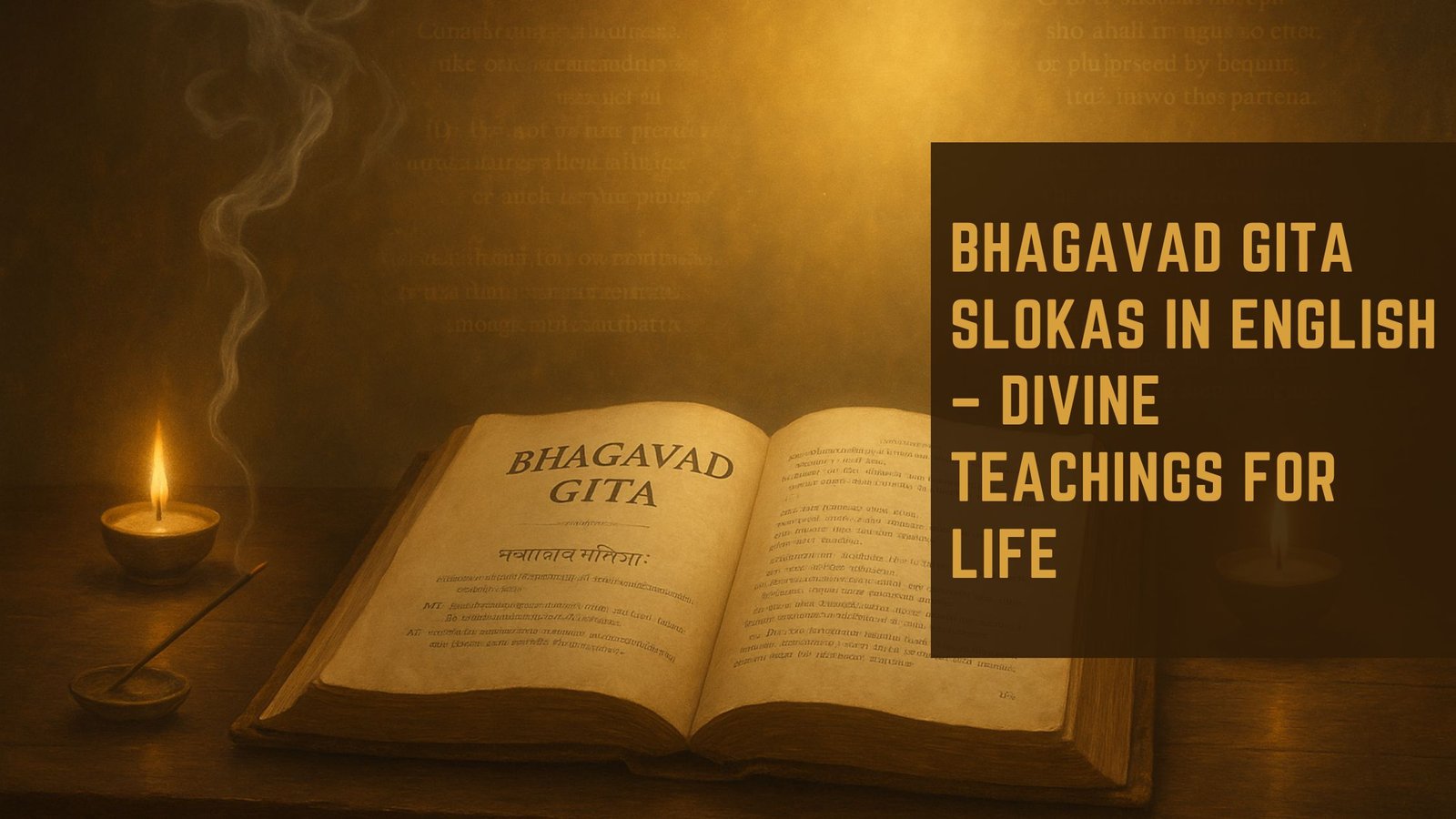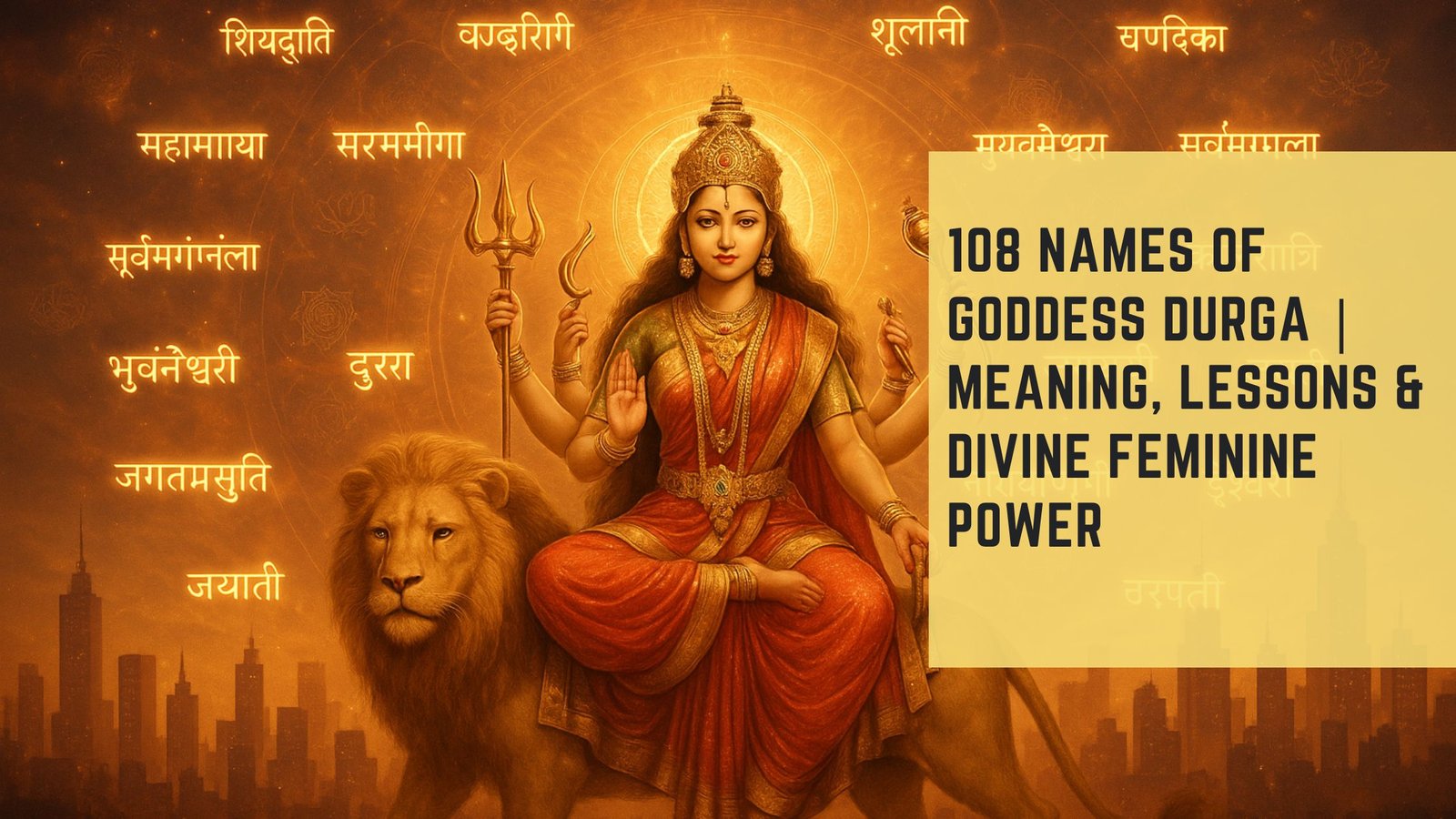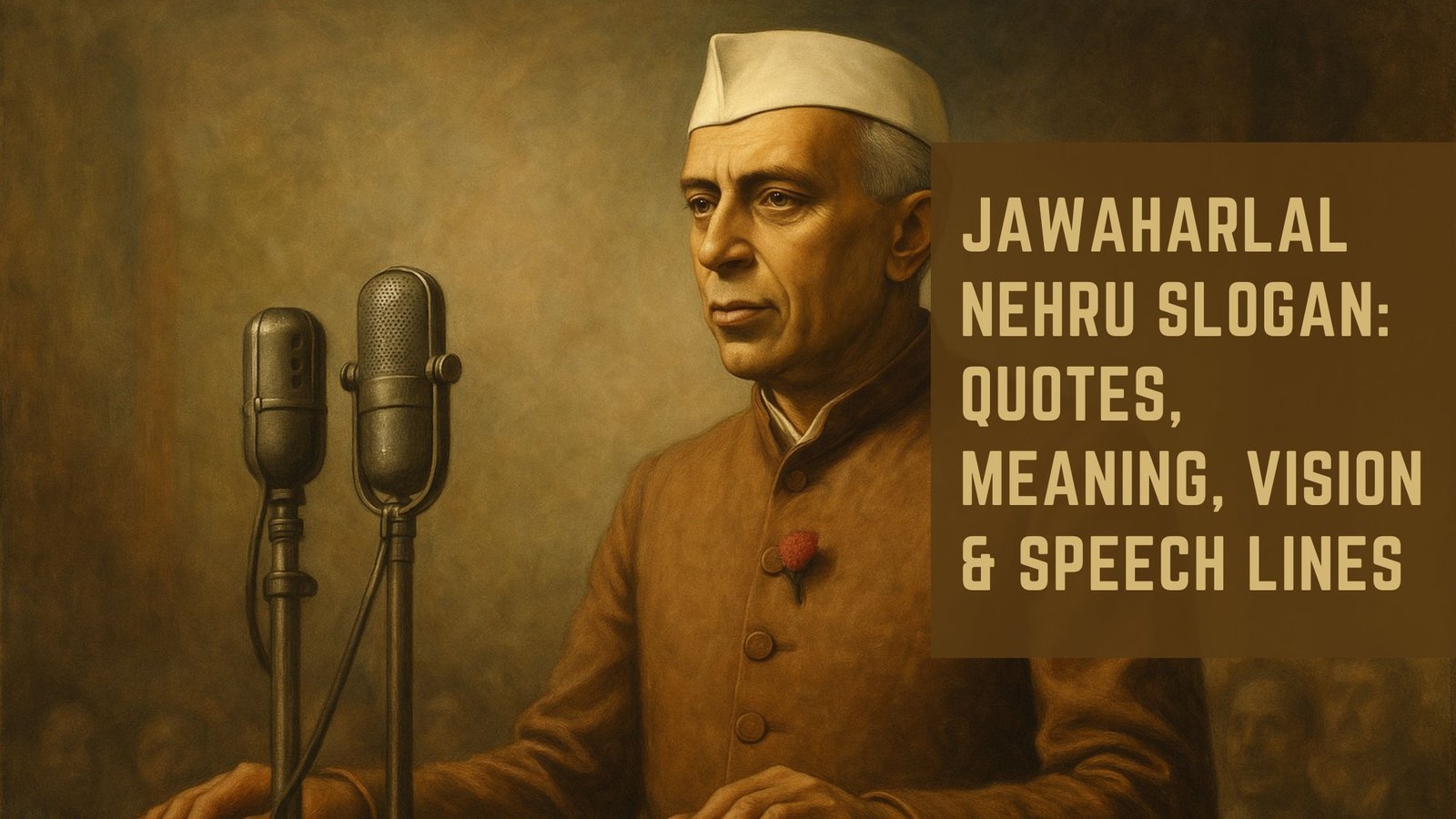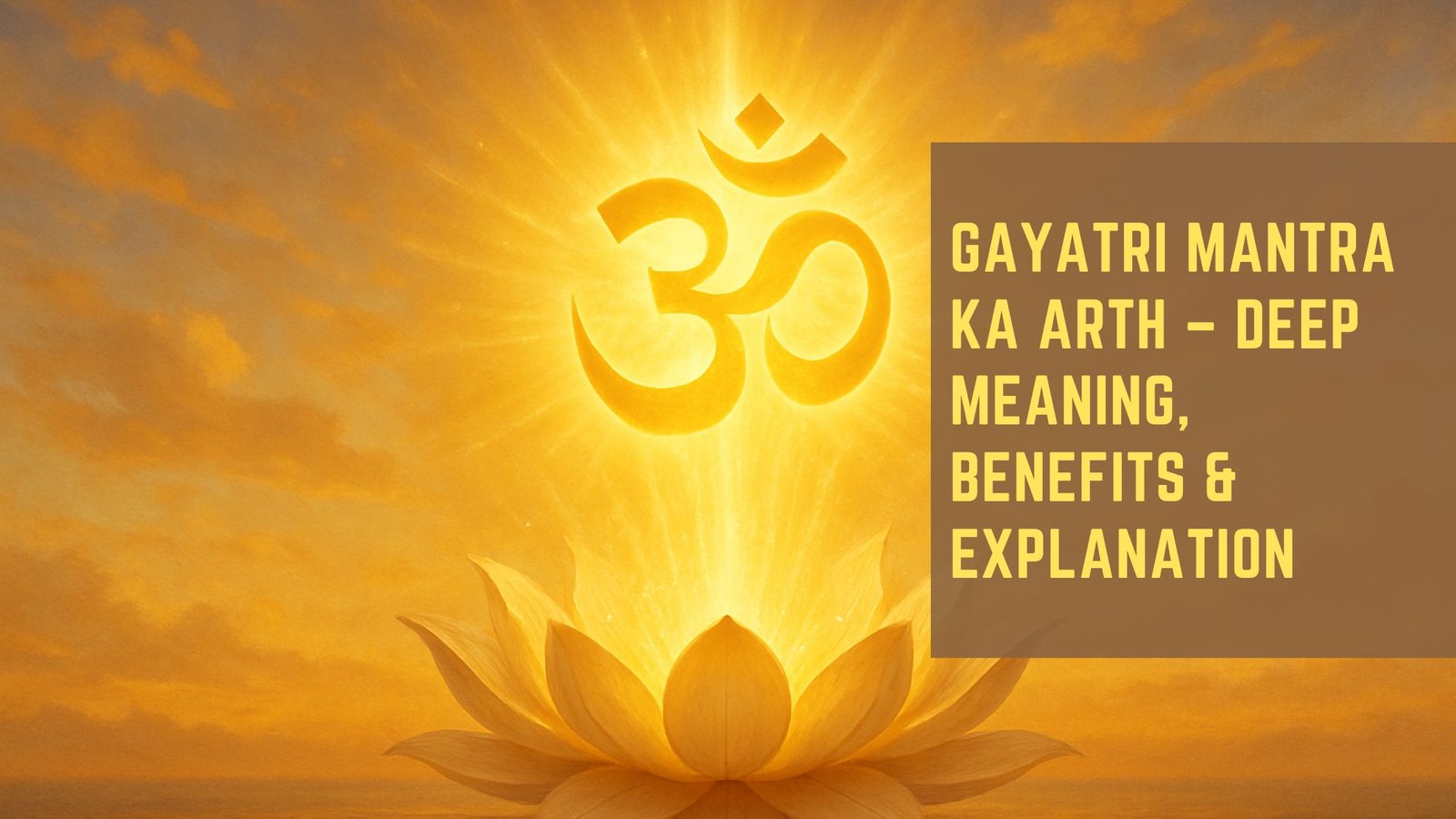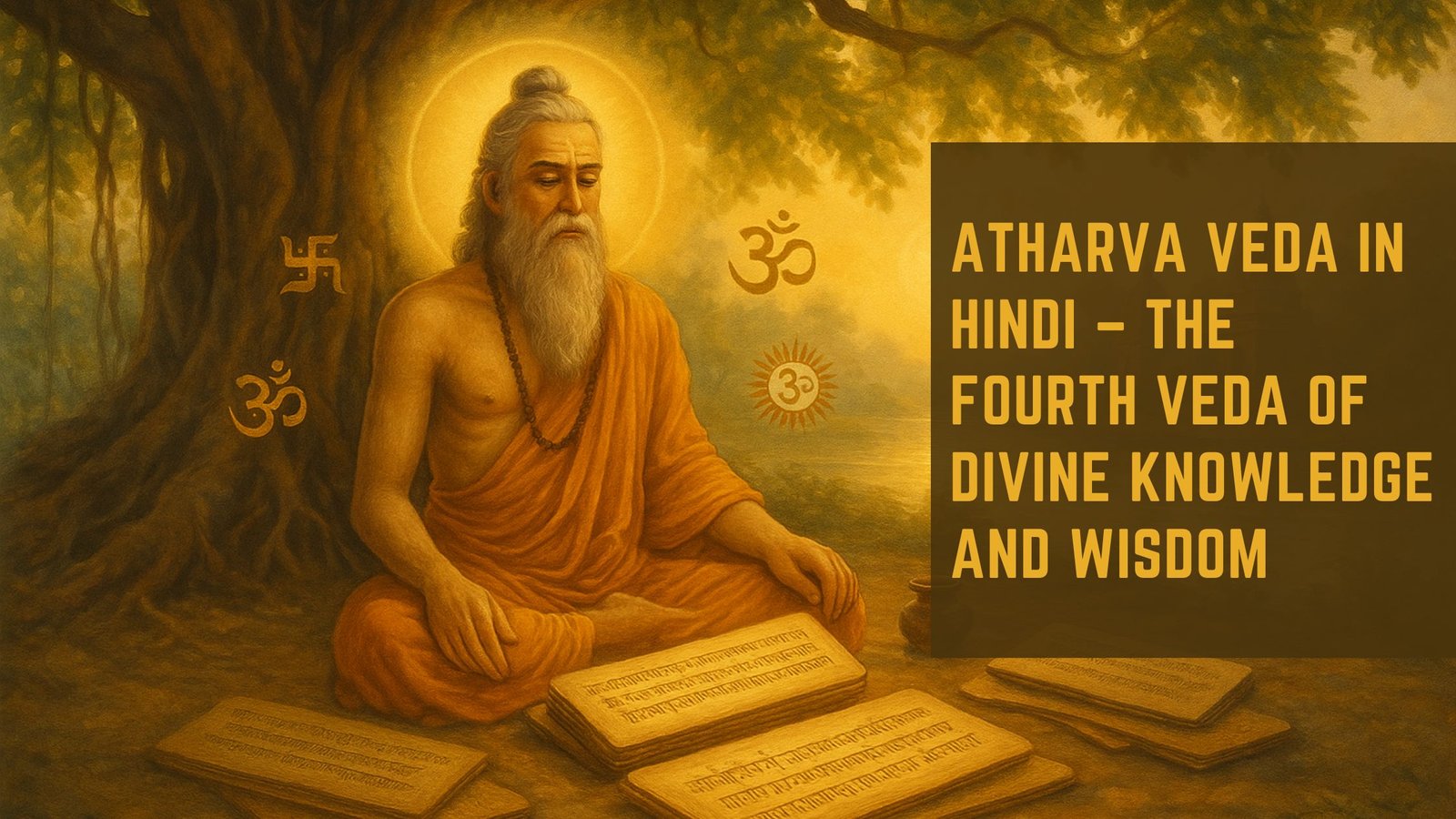The Bhagavad Gita, often referred to simply as the Gita, is a 700-verse Hindu scripture that is part of the Indian epic Mahabharata. It is a dialogue between Prince Arjuna and Lord Krishna, who serves as his charioteer. This sacred text addresses the moral and philosophical dilemmas faced by Arjuna as he prepares to go into battle against his own relatives, teachers, and friends.
The Gita delves into profound themes such as duty (dharma), righteousness, and the nature of reality, offering insights that transcend time and culture. Its teachings have inspired countless individuals across generations, making it a cornerstone of spiritual literature. The Gita’s significance extends beyond its historical and religious context; it serves as a guide for personal development and self-realization.
The dialogue encapsulates the essence of human experience, grappling with questions of purpose, ethics, and the pursuit of happiness. As readers engage with the text, they are invited to reflect on their own lives and the choices they make. The Gita’s wisdom resonates with those seeking clarity in a world often filled with confusion and conflict, making it a timeless resource for anyone on a quest for meaning.
Key Takeaways
- The Bhagavad Gita is a sacred Hindu scripture that offers guidance on how to live a meaningful and purposeful life.
- The teachings of the Bhagavad Gita are highly relevant in modern life, providing insights on decision-making, leadership, and finding inner peace.
- Mindfulness practices in the Bhagavad Gita emphasize the importance of self-awareness, focus, and living in the present moment.
- Applying the teachings of the Bhagavad Gita in daily life involves practicing detachment, self-discipline, and ethical conduct.
- The Bhagavad Gita’s mindfulness practices can help individuals overcome challenges by promoting resilience, mental clarity, and emotional balance.
- Cultivating inner peace and balance through the Bhagavad Gita involves aligning one’s actions with their higher purpose and embracing a sense of equanimity.
- The Bhagavad Gita emphasizes the role of meditation and yoga as tools for self-realization, spiritual growth, and connecting with the divine.
- Embracing mindfulness with the Bhagavad Gita can lead to a more fulfilling and harmonious life, fostering personal growth and a deeper understanding of the self.
The Relevance of the Bhagavad Gita in Modern Life
In today’s fast-paced world, where individuals often find themselves overwhelmed by stress and uncertainty, the teachings of the Bhagavad Gita remain remarkably relevant. The text addresses the internal struggles that many face, such as anxiety about the future and the pressure to conform to societal expectations. By emphasizing the importance of self-awareness and understanding one’s true nature, the Gita encourages individuals to look inward for guidance rather than relying solely on external validation.
This shift in perspective can lead to greater resilience and a more profound sense of purpose. Moreover, the Gita’s exploration of duty and responsibility resonates deeply in contemporary society. As individuals navigate their personal and professional lives, they often grapple with conflicting obligations.
The Gita teaches that fulfilling one’s duty with dedication and integrity is paramount, regardless of the challenges that may arise. This principle can empower individuals to approach their responsibilities with a sense of commitment and clarity, fostering a more harmonious existence amidst the chaos of modern life.
Mindfulness Practices in the Bhagavad Gita

Mindfulness, a practice that has gained significant traction in recent years, finds its roots in ancient wisdom, including that of the Bhagavad Gita. The text advocates for a state of awareness that allows individuals to remain present in their actions and thoughts. One of the key teachings is the concept of “Karma Yoga,” or the yoga of action, which emphasizes performing one’s duties without attachment to the results.
This approach encourages individuals to focus on the process rather than fixating on outcomes, fostering a sense of mindfulness that can alleviate stress and anxiety. Additionally, the Gita highlights the importance of equanimity—maintaining a balanced mind in both success and failure. This principle aligns closely with modern mindfulness practices that advocate for non-judgmental awareness of one’s thoughts and feelings.
By cultivating equanimity, individuals can navigate life’s ups and downs with grace, reducing emotional turbulence and enhancing overall well-being. The teachings of the Gita serve as a powerful reminder that mindfulness is not merely a technique but a way of being that can transform one’s relationship with life itself.
Applying the Teachings of the Bhagavad Gita in Daily Life
| Benefits of Applying the Teachings of the Bhagavad Gita in Daily Life | Examples |
|---|---|
| Inner peace and contentment | Reduced stress and anxiety |
| Improved decision-making | Clarity in thought and action |
| Enhanced relationships | Better communication and understanding |
| Increased resilience | Ability to face challenges with strength |
Integrating the teachings of the Bhagavad Gita into daily life requires intentionality and practice. One practical approach is to begin each day with reflection on one’s duties and responsibilities. By setting clear intentions aligned with personal values, individuals can cultivate a sense of purpose that guides their actions throughout the day.
This practice not only enhances focus but also fosters a deeper connection to one’s inner self, allowing for more authentic interactions with others. Another way to apply the Gita’s teachings is through mindful decision-making. When faced with choices, individuals can pause to consider their motivations and the potential impact on themselves and others.
This reflective process encourages individuals to act from a place of integrity rather than reacting impulsively to external pressures. By embodying the principles of Dharma—acting in accordance with one’s true nature—individuals can navigate life’s complexities with greater clarity and confidence.
Overcoming Challenges with the Bhagavad Gita’s Mindfulness Practices
Life is replete with challenges that can test an individual’s resolve and emotional stability. The Bhagavad Gita offers valuable insights into overcoming these obstacles through mindfulness practices rooted in self-awareness and acceptance. One key teaching is the importance of recognizing that challenges are an inherent part of life.
By embracing this reality, individuals can cultivate resilience and adaptability, viewing difficulties as opportunities for growth rather than insurmountable barriers. Furthermore, the Gita encourages individuals to detach from outcomes while remaining committed to their actions. This principle can be particularly empowering when facing setbacks or disappointments.
By focusing on the effort rather than fixating on results, individuals can maintain a sense of peace amidst adversity. This shift in perspective allows for greater emotional balance and reduces feelings of frustration or despair when things do not go as planned.
Cultivating Inner Peace and Balance through the Bhagavad Gita

Inner peace is a state that many aspire to achieve, yet it often feels elusive in a world filled with distractions and demands. The Bhagavad Gita provides a roadmap for cultivating this tranquility through its teachings on self-realization and mindfulness. By encouraging individuals to turn inward and connect with their true selves, the Gita fosters a sense of calm that transcends external circumstances.
This inner peace becomes a foundation upon which individuals can build resilience against life’s challenges. Moreover, balance is a recurring theme in the Gita’s teachings. The text emphasizes the importance of harmonizing various aspects of life—work and rest, action and contemplation, material pursuits and spiritual growth.
By striving for balance, individuals can create a more fulfilling existence that nurtures both their physical and spiritual well-being. This holistic approach not only enhances personal satisfaction but also contributes to healthier relationships with others.
The Role of Meditation and Yoga in the Bhagavad Gita
Meditation and yoga are integral components of the teachings found within the Bhagavad Gita. These practices serve as tools for self-discovery and spiritual growth, allowing individuals to connect with their inner selves on a deeper level. The Gita advocates for regular meditation as a means to quiet the mind and cultivate awareness.
Through meditation, individuals can gain insight into their thoughts and emotions, fostering greater self-understanding and acceptance. Yoga, as described in the Gita, extends beyond physical postures; it encompasses a holistic approach to life that integrates body, mind, and spirit. The practice encourages individuals to cultivate discipline and focus while promoting physical health and mental clarity.
By incorporating yoga into daily routines, individuals can enhance their overall well-being while embodying the principles of mindfulness espoused in the Gita.
Embracing Mindfulness with the Bhagavad Gita
The Bhagavad Gita stands as a timeless guide for those seeking mindfulness in an increasingly chaotic world. Its teachings offer profound insights into self-awareness, duty, and inner peace that resonate deeply with contemporary challenges. By embracing these principles, individuals can cultivate a more mindful existence that fosters resilience, balance, and fulfillment.
As readers engage with the Gita’s wisdom, they are encouraged to reflect on their own lives and apply its teachings in practical ways. Whether through meditation, mindful decision-making, or cultivating equanimity amidst challenges, the path laid out by the Gita invites individuals to embark on a journey toward self-discovery and spiritual growth. Ultimately, embracing mindfulness through the lens of the Bhagavad Gita can lead to a richer understanding of oneself and a more harmonious relationship with the world at large.
If you are interested in exploring the connection between the Bhagavad Gita and mindfulness practices, you may find this article on the power of faith to be insightful.
Additionally, this article on unraveling the depths of the Gita may provide further insights into the ancient wisdom and practical guidance offered by this sacred text.
FAQs
What is the Bhagavad Gita?
The Bhagavad Gita is a 700-verse Hindu scripture that is part of the Indian epic Mahabharata. It is a sacred text of the Hindu religion and is considered one of the most important spiritual classics in the world.
What are mindfulness practices?
Mindfulness practices are techniques and exercises that help individuals cultivate a state of mindfulness, which involves being fully present and engaged in the current moment. These practices often involve meditation, breathing exercises, and self-awareness techniques.
How are mindfulness practices related to the Bhagavad Gita?
The Bhagavad Gita contains teachings and principles that can be applied to mindfulness practices. It emphasizes the importance of self-awareness, self-discipline, and the cultivation of a calm and focused mind, which are all key aspects of mindfulness.
What are some mindfulness practices inspired by the Bhagavad Gita?
Some mindfulness practices inspired by the Bhagavad Gita include meditation on the self, cultivating a sense of detachment from outcomes, and developing a sense of inner peace and contentment regardless of external circumstances.
Can people of any religious background practice mindfulness inspired by the Bhagavad Gita?
Yes, the principles and teachings of mindfulness inspired by the Bhagavad Gita are not limited to followers of the Hindu religion. People of any religious background or belief system can benefit from incorporating these practices into their lives.

